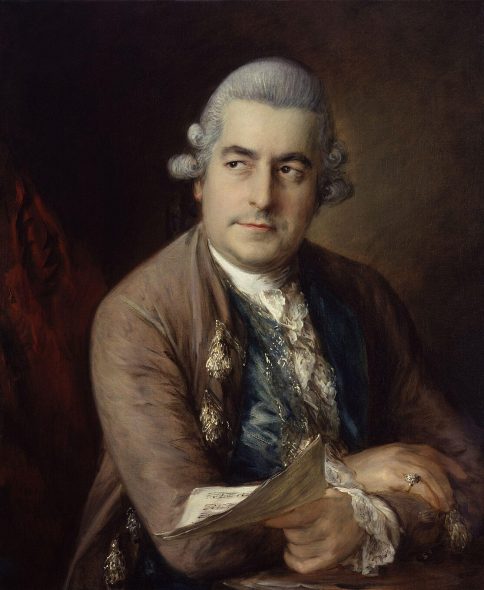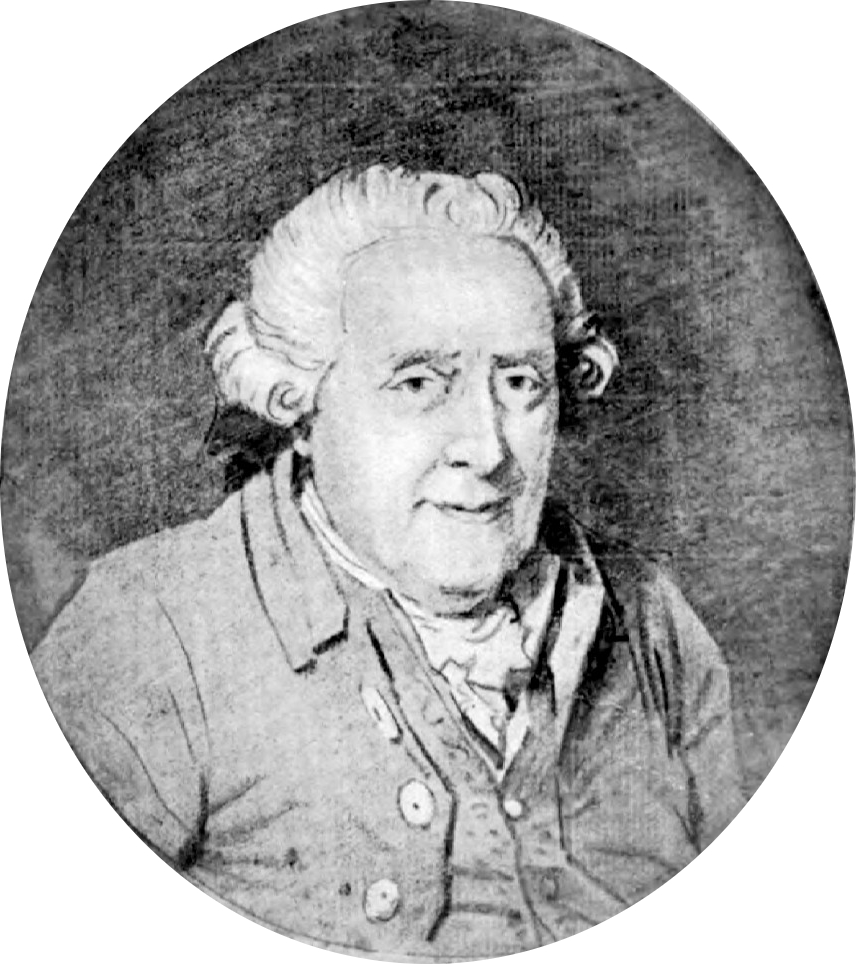A Big Batch of Bachs
Milwaukee Musaik performs works by J.S. Bach and his three classical composing sons.
Milwaukee Musaik, an ensemble opportunity for Milwaukee Symphony Orchestra members, explores the rich output of the Bach family this Wednesday evening, Nov. 15. The occasion also celebrates the 50th anniversary of the founding of the Milwaukee Chamber Orchestra (MCO). Milwaukee Musaik has inherited the mantel of the MCO, often featuring small ensemble works that would otherwise not be performed for Milwaukee audiences.
The program, All in the Family, features Bach family composers, three of Johann Sebastian Bach‘s composing sons as well as the master himself. The program represents an alphabet soup of Bachs, often known by their initials.
J.S. Bach (1685-1750), one the most distinguished and prolific composers in Western classical music, had 20 children, although not all lived to be adults. The concert by Milwaukee Musaik introduces three successful sons who made important contributions during the transition from the late Baroque era to the Classical era.
J.S. Bach’s eldest son, Wilhelm Friedemann Bach (W.F.) (1710-1784), will be represented by his Sinfonia for Strings in F major “Dissonant”, F. 67 (Il Giardino Armonico). Alexander (Sasha) Mandl will conduct the chamber orchestra. Written in the French overture tradition, the work focuses less on the counterpoint of his father’s works and introduces melodies that seem to belong in an operatic world.
However, W.F. Bach’s compositions were similar enough to his father’s that he was impacted when musical styles evolved by the mid-18th Century. His income and employment were unstable. He died in poverty. Mandl observes that he “literally had to start selling his music, his archives, in order to keep going. His library contained a large amount of J.S. Bach’s manuscripts as well, which were then scattered throughout Europe.”
C.P.E. Bach’s Cello Concerto in A major, H. 439 will feature Scott Tisdel. And his challenging Harp Sonata in G major will feature harpist soloist, Kelsey Molinari.
A much younger son, Johann Christian Bach (J.C.) (1735-1782), will be represented by his Quintet Op. 22 No. 1. This lively mixed consort features flutist Heather Zinninger, oboist Margaret Butler, violinist Jeanyi Kim, cellist Scott Tisdel, and Stefanie Jacob on continuo (piano).

Johann Christian Bach, painted in London by Thomas Gainsborough, 1776, National Portrait Gallery, London. (Public Domain).
J.C. Bach is known as the London Bach for his years in England. His style was perhaps the furthest from his father’s. After instructions from his father and work with C.P.E. Bach, he spent five years in Italy before finishing his career in England. His quintet demonstrates communication among the instruments as independent players, a more familiar chamber music style to our ears.
J.S. Bach, himself influenced by uncles and brothers in the extensive Bach clan, will be represented by the Concerto for Oboe and Violin in C minor, BWV 1060R with Margaret Butler, oboe, and Jeanyi Kim, violin.
The full chamber orchestra, including additional string players, will take the stage for the C.P.E Bach Cello concerto, the J.S. Bach Concerto, and the W.F. Bach Sinfonia.
The history of Western classical music honors J.S. Bach as the capstone of the late Baroque. Still, it is often silent about the early and mid-18th century period before Joseph Haydn, W.A. Mozart, and Ludwig van Beethoven dominated the Classical era. These Bach children reflect the diversity of this transitional period with works as captivating as those of the three dominant figures to come. While Baroque music seems a part of history to our ears, the Classical style to which the sons contributed seems more familiar as these structures continued to be the basis for composition through the 19th Century.
This first concert of the season begins at 7:00 p.m., Wednesday, Nov. 15, at the Wauwatosa Presbyterian Church, 2366 N. 80th St. Tickets may be purchased online or at the door.
The next Milwaukee Musaik concert features piano superstar and Milwaukee favorite Joyce Yang as well as strings and winds from the Musaik ensemble in works by Mozart, Poulenc, and Dvorak. That concert will be held at the Wisconsin Lutheran College Center for Arts and Performance, Schwann Hall on January 23.



















